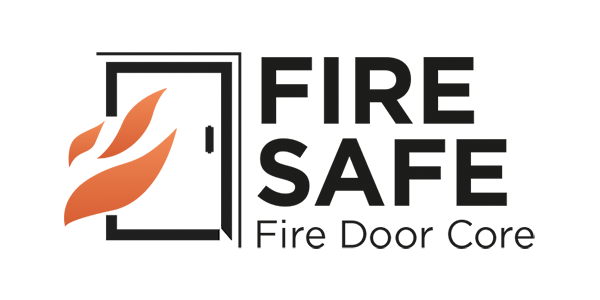What We Learned From The Cocoanut Grove Fire
The Cocoanut Grove Fire of 1942 was a devastating and deadly event. Fortunately, it pushed fire-safety into public attention, resulting in many safety improvements.
Have you heard about the Cocoanut Grove Fire? The disaster was especially tragic, as many lives could have been saved if fire safety had been more thoroughly considered. Due to a lack of safety exits and extinguishing devices, the fire remains the second-deadliest single-building fire in US history.
We’re taking a look at the specifics of the event, in order to learn why we have the fire-safety protocols we do today.

What happened?
The Cocoanut Grove Fire was a famous Boston nightclub that opened in 1927, frequently visited by celebrities and the like. By the 1940s, it was incredibly popular. On November 28th 1942 (the day of the fire), the Grove’s legal capacity had been broken, with twice the amount of guests inside. This is likely because it was the first Thanksgiving weekend since the country had joined WWII.
How the fire started remains a controversial subject, but this is the most agreed upon belief: One couple removed a lightbulb for more privacy inside, so a busboy was told to replace the bulb. The boy lit a match to better see the dimly-lit area and relight the bulb, however, despite extinguishing his match, the draperies had caught fire.
Smoke and flames spread rapidly through all areas of the nightclub, due to many decorative objects being highly flammable, such as palm trees. Customers rapidly fled for the exits, however many were locked or blocked by the flames. One key escape door was inward-opening and became shut due to the weight of those trying to flee. The revolving exit door also became jammed due to the large number of patrons rushing to escape.
Police, firefighters and the public quickly gathered around the club, but alas, for many inside, it was too late. The fire took the lives of 490 people.
Fire-Safety Updates
Since the fire, many essential fire-safety laws were introduced. Revolving doors could no longer be the sole-escape exit. Fire-escape doors now had to remain accessible (unlocked) at all times. Flammable decorations were also prohibited.
Have a fire door related enquiry? We’re happy to help. Contact Fire Safe Doors at [email protected] or call (02) 9070 0732, and we’ll work through a plan for your needs.

